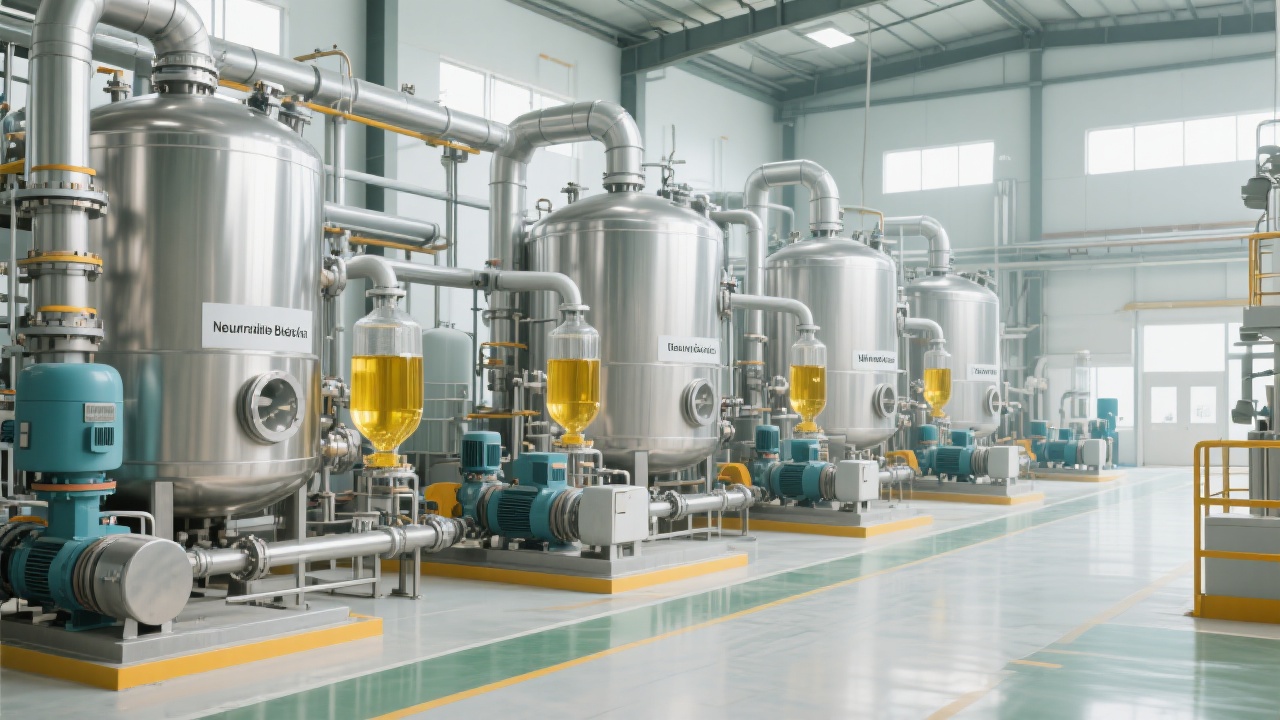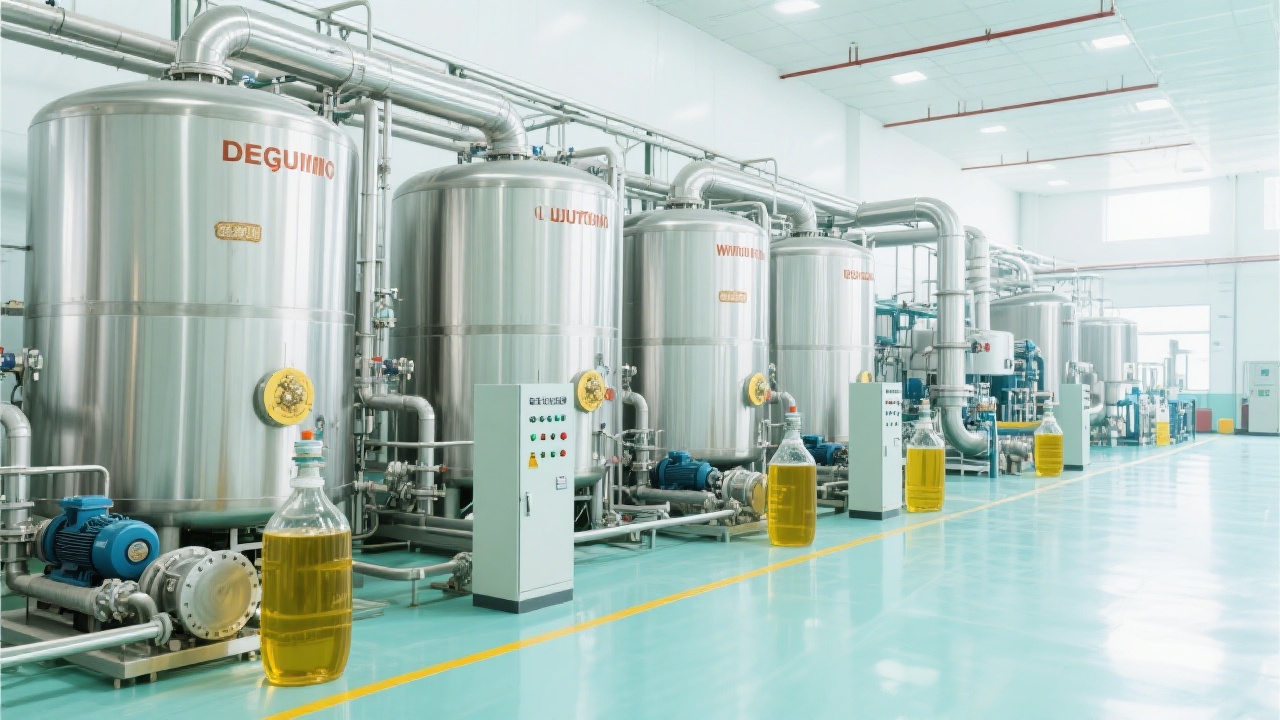
In the edible oil refining industry, degumming is a critical step for removing impurities like phospholipids and proteins that affect oil quality and shelf life. The two dominant degumming technologies include hydration degumming and acid degumming, each suited for specific raw materials and operational goals.
This article delves into the physico-chemical foundations of these degumming methods, comparing their efficacy in removing gum constituents across different feedstocks such as soybean and rapeseed oils. Detailed process parameters and optimization strategies will guide refiners in selecting the most effective degumming approach to enhance production efficiency and oil quality.
Phospholipids, commonly known as gums, naturally occur in crude vegetable oils and cause issues like haziness, instability, and difficulties in downstream processing if not properly removed. Proteins and other impurities further complicate refining by promoting emulsification and increase oil losses. Effective degumming reduces these contaminants, typically lowering phosphorus content to less than 10 mg/kg for high-quality edible oils.
Hydration degumming involves adding water to crude oil at controlled temperatures (typically 70–80°C) which hydrates phospholipids, converting them into non-oil soluble forms that can be separated by centrifugation. Key parameters include maintaining optimal water dosage (2–3% w/w), pH between 4.5 and 5.5, and proper agitation (300–600 rpm) to ensure uniform water distribution and efficient gum swelling.
This method suits oil feedstocks with mostly non-hydratable phospholipids (NHP), such as soybean oil, enabling greener processing without strong chemicals. However, its efficiency diminishes when NHP content exceeds 150 ppm, requiring further treatment or combined technologies.
| Parameter | Typical Range | Effect on Process |
|---|---|---|
| Water Dosage | 2–3% w/w | Ensures complete phospholipid hydration |
| Temperature | 70–80°C | Optimizes hydration reaction rate |
| pH | 4.5–5.5 | Maintains gum stability and prevents oil hydrolysis |
| Agitation Speed | 300–600 rpm | Ensures uniform water dispersion |
Acid degumming typically uses a small dosage of phosphoric or citric acid (around 20–100 ppm) added to the oil to convert non-hydratable phospholipids into hydratable forms. This conversion allows subsequent removal by water addition and centrifugation. Key parameters include acid concentration, mixing time, and temperature, optimized for complete conversion without excessive oil loss or acid degradation.
This technology excels with feedstocks rich in non-hydratable phospholipids, such as rapeseed or sunflower oil. The process offers superior degumming efficiency, capable of reducing phosphorus content below 5 mg/kg, but requires precise control to avoid corrosion and maintain downstream equipment integrity.

| Parameter | Typical Range | Effect on Process |
|---|---|---|
| Acid Concentration | 20–100 ppm | Converts non-hydratable phospholipids |
| Water Dosage | 1–2% w/w | Facilitates gum separation |
| Temperature | 60–75°C | Optimizes reaction and reduces oil hydrolysis |
| Mixing Time | 10–15 minutes | Ensures complete acid-phospholipid interaction |
The choice between hydration and acid degumming hinges on the composition of feedstock oils:

Operational issues can reduce degumming efficiency or cause product quality degradation. Key challenges include:

Integrating state-of-the-art degumming systems like advanced mixers, precision dosing pumps, and high-speed centrifuges dramatically improves removal efficiency and reduces processing time. Our proprietary equipment, engineered for optimal hydrodynamics and temperature control, supports consistent degumming results even at high throughput.
Ready to boost your edible oil refining with cutting-edge degumming technology? Discover how Qeegoo Group’s precision degumming solutions can elevate your production line efficiency and oil purity today.



